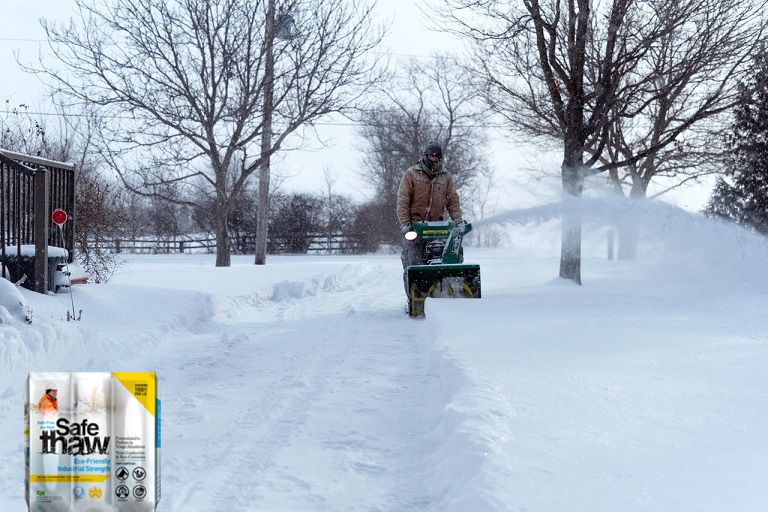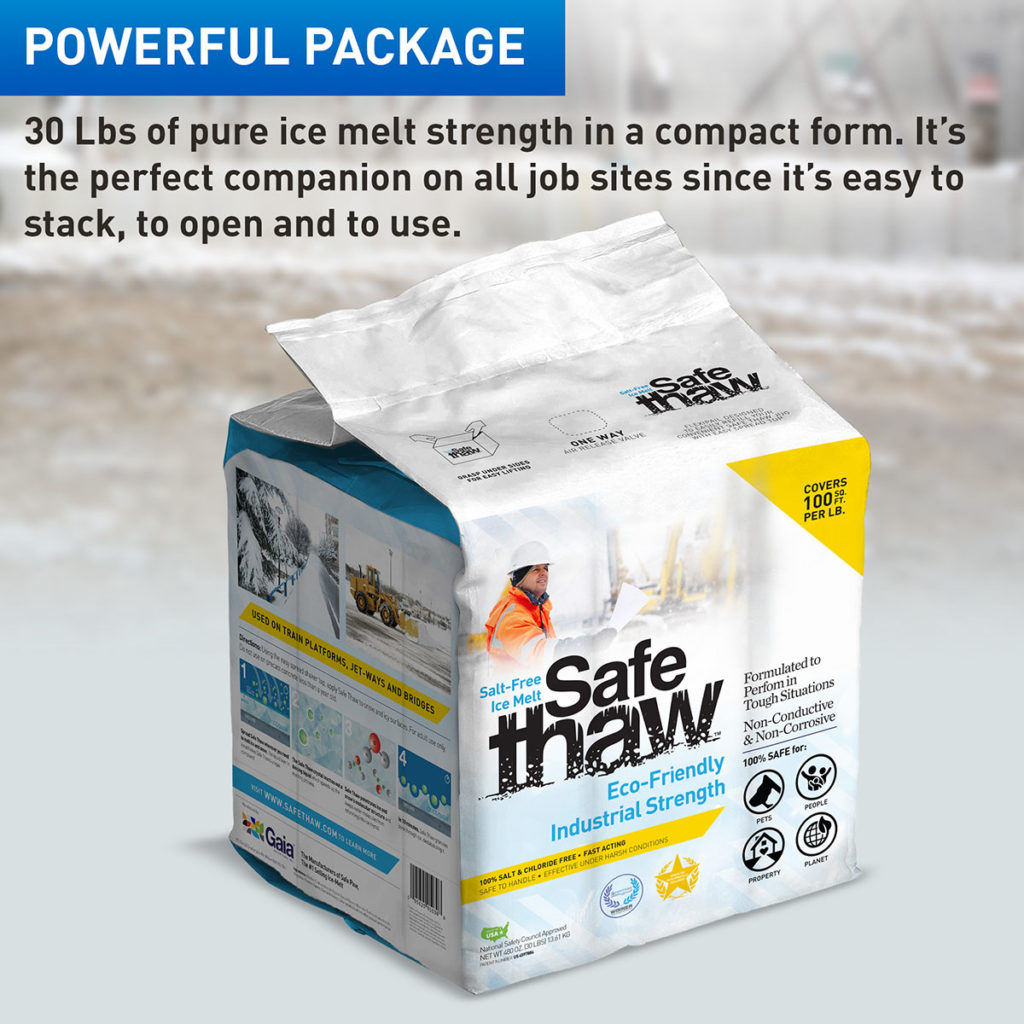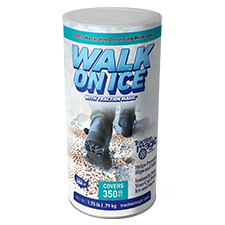What Are The Best Three Safe Thawing Methods?

Is concrete safe? This is one of the most commonly asked questions we have come across. While it is one of the most frequently used and sturdiest driveway materials, the damage that an ice melt can cause makes us wonder if it is safe. Today, several homeowners invest in asphalt and pavers to construct their driveways and backyards. But, the ease of maintenance with concrete outweighs all apprehensions.

Safe Thaw
Safe Thaw was created as the ice management solution for tough winter environments. Ideal in commercial and industrial properties, shops, government agencies, bridges, and construction.
As winter approaches, we start picking our snow removal equipment, cleaning it, and storing ice melt products to help us through the season. Of all the products in the market, we understand the most common problem is staining and damage to the vegetation. Several years ago, safe Thaw was introduced in the market to counter this dilemma and has become one of the three safe thawing methods in use today. With glycol admixtures and special surfactants, Safe Thaw contains 100% environment-friendly urea-modified ingredients that do not harm the concrete despite prolonged or constant use. It does not harm the landscape, plants, kids, or pets. It is easy to remove and can be used below zero degrees.
But while you are selecting your products, let us give you a quick run-through of the three safe thawing methods and how they can help you.
1. Using Natural Ingredients.
You can use natural ingredient-based products such as Safe Thaw to help you thaw the ice on the driveway and pavements without damaging it. You can pre-apply it before the snowfall to avoid the snow from sticking to the ground. You can also apply it after a snowfall when the excess snow has been removed, and you see a thin icy layer. It will effectively melt the excess ice, making it quicker for you to remove it from the surface. It does not refreeze.
2. Using Hot Water
Another quick home remedy that most homeowners use is hot water. It helps to answer the question, ‘is concrete safe,’ and makes it possible to melt ice immediately. However, you must be proactive to immediately remove the ice from the surface and shovel it off the driveway. Else it may refreeze, making you do the entire activity all over again.
3. Using Rock Salt
While there are better methods than this, several homeowners use it as a quick fix. Some vouch for its quickness, while others find it convenient. But prolonged use of rock salt or any chloride-based product will damage the concrete, making you question whether ‘is concrete safe’ or ‘is salt safe.’
100% salt & chloride-free, fast acting Ice Management Solution
Conclusion
With the three safe thawing methods highlighted above, our safest bet is an all-natural ice melt product. It is light on concrete, does not damage the surroundings, does not clog the drains, and makes it easier to remove. Some of them, such as Safe Thaw, also act as plant boosters that keep the soil intact and do not block the moisture in the soil. We hope you have a safe and hassle-free winter ahead.
Try Also Our Other Winter Safety Products:
Safe Paw
The Original and #1 Selling Pet and Child Safe Ice Melt for over 20 years. Guaranteed environmentally safe –It won’t harm animals or children, and it won’t damage your property. That’s Safe Paw. Safe Paw can change how winter affects our planet.

Walk On Ice
The handy disposable canister can be taken everywhere, with the same 100% naturally occurring minerals that provide instant traction on ice or snow. Use it on sidewalks, steps, or as an instant traction agent for your car.



